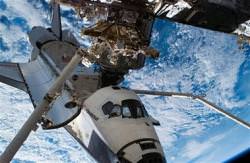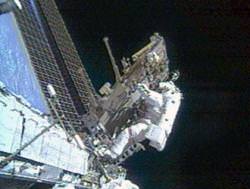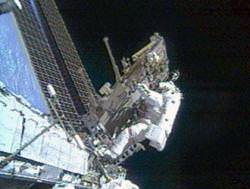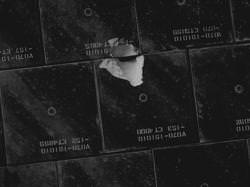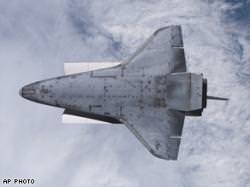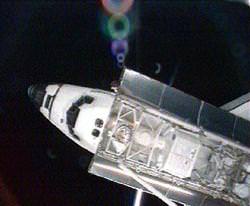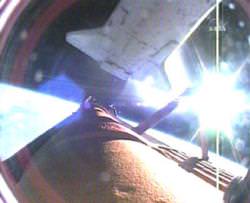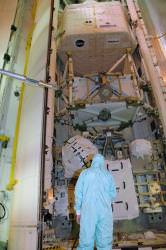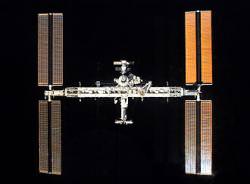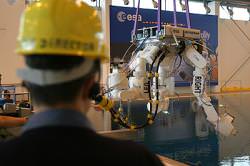NASA announced their final decision on Thursday: they won’t have the astronauts repair the space shuttle Endeavour. According to the agency, the gouge in the shuttle’s tiles doesn’t pose a threat to the orbiter during reentry, and attempting to fix it might actually be more risky.
The decision was made on Thursday afternoon, after mission managers had met for 5 hours. They announced the consensus opinion of hundreds of NASA engineers, most of who felt that the massive data they had acquired on the gouge was correct. The computer simulations and arc jets tests gave them all the data they needed. NASA had always felt that the crew wasn’t at risk during reentry, but they wanted to avoid expensive and lengthy repairs to the orbiter once it was back on Earth. Any delays will compress an already tight schedule.
In the end, the NASA managers just couldn’t justify sending the astronauts back out into space to make the repairs. The 3rd spacewalk, cut short by a damaged glove, demonstrates the risks the astronauts take every time they head out into space.
One NASA branch, the JSC Engineering Group felt it would be prudent to patch Endeavour’s gouged heat tile, but otherwise, the group still felt that the shuttle was safe to reenter the atmosphere.
Today the 10 shuttle and station astronauts are moving cargo and preparing for Saturday’s spacewalk, to continue assembly of the space station.
Original Source: NASA News Release

